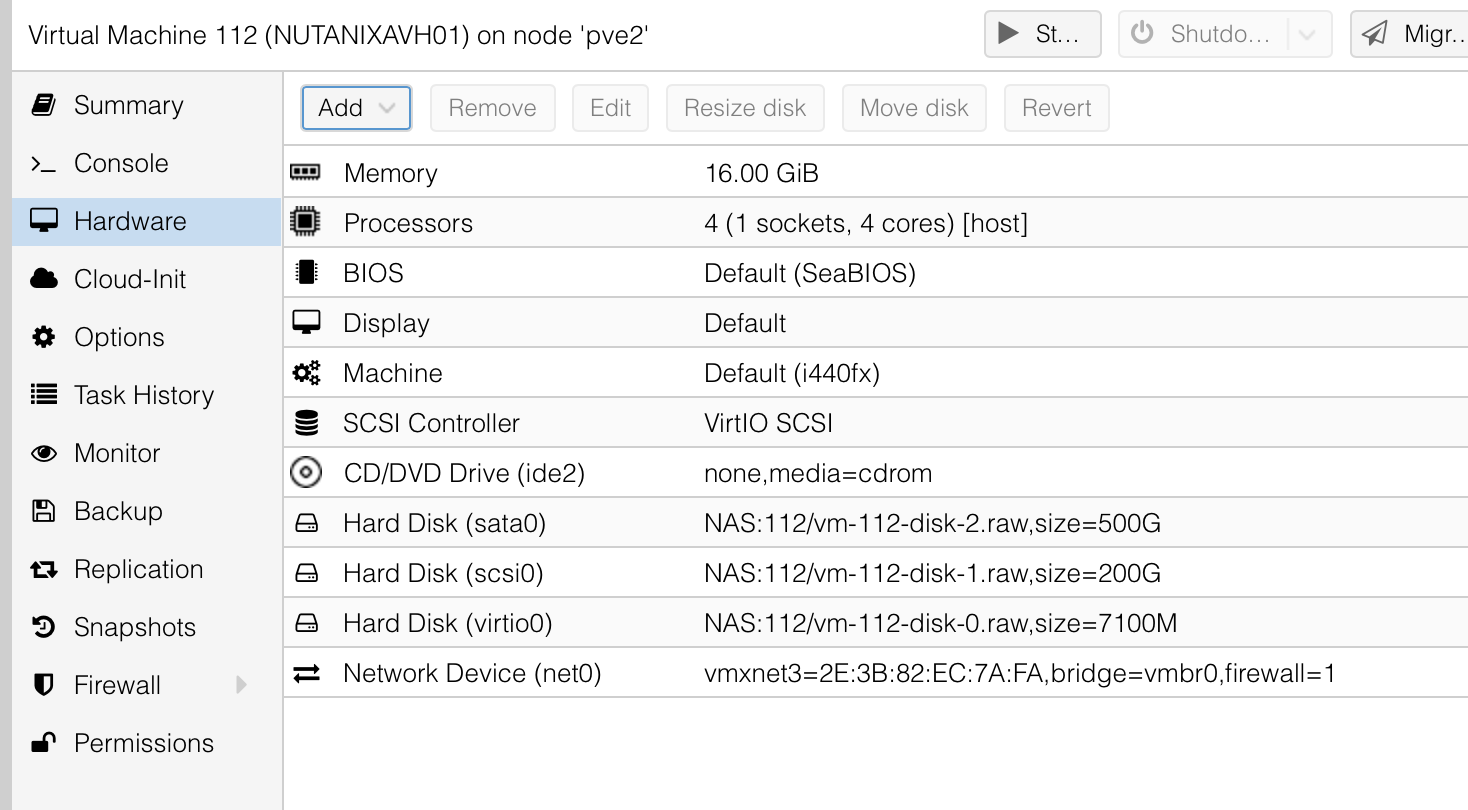
#Ova to proxmox free
It’s completely free to use with any WatchGuard firewall that runs Fireware OS v11.10.1 or newer as long as the firewall has an active support subscription for the logging and reporting components. It can also generate automated reports based on logged traffic and information, send the reports and other notifications through email, and even allows you to centrally manage multiple firewalls with the right licenses. WatchGuard Dimension is a virtual appliance that is designed to store firewall logging messages from WatchGuard XTM and Firebox products. So I installed one manually, booted and had a working OpenLDAP running.Installing WatchGuard Dimension on Proxmox VE For some reason the newly created virtual machine didn't have a network card. ext4 -format qcow2įormatting '/mnt/ext4/images/171/vm-171-disk-0.qcow2', fmt=qcow2 size=21474836480 cluster_size=65536 preallocation=metadata lazy_refcounts=off refcount_bits=16Īnd now you have a newly created virtual machine. rw-r-r- 1 root root 426M Nov 14 15:48 tar xf ls -lh ovf file and links in the converted disk ls -lh


NOT recommended to follow guides suggesting a RAW copy as this can create a much larger resulting disk than is necessary. I think you can also skip this if you have the tools available to directly mount the vmdk to perform the later dd command. Convert the vmdk(s) to qcow2 format, the native format pve uses for disk images.cat PRODUCT_vmware.ovf | grep -e “Memory RAMSize” -e “CPU count” -e “Netw” -e “Disk”.To see what the OVA would have configured the machine(s) with: Now configure a VM to the exact specs in the ova config file, such as number of processors and ram size and stuff.The config file is configured to be readable by the specific virtualization system it's being installed on. Untar the OVA - an ova is just a config file tarred along with images of the disks of the virtual machine.
#Ova to proxmox download

Hey all, sorry for the super specific title but I thought it would be worthwhile to put together a handful of commands I got from various places on the forum to do this specific thing that I think may be fairly common: importing a vmware OVA to Proxmox 5.


 0 kommentar(er)
0 kommentar(er)
